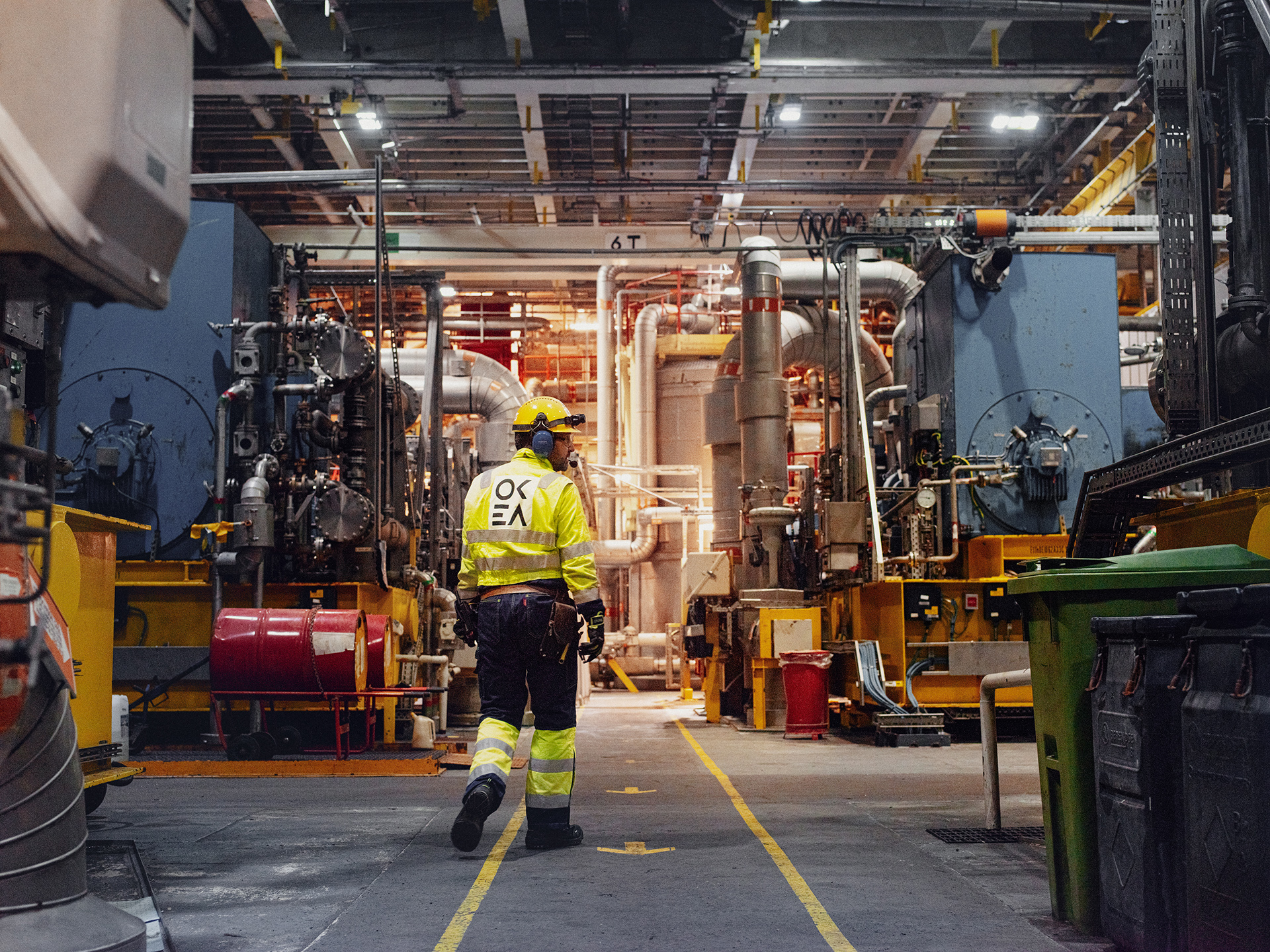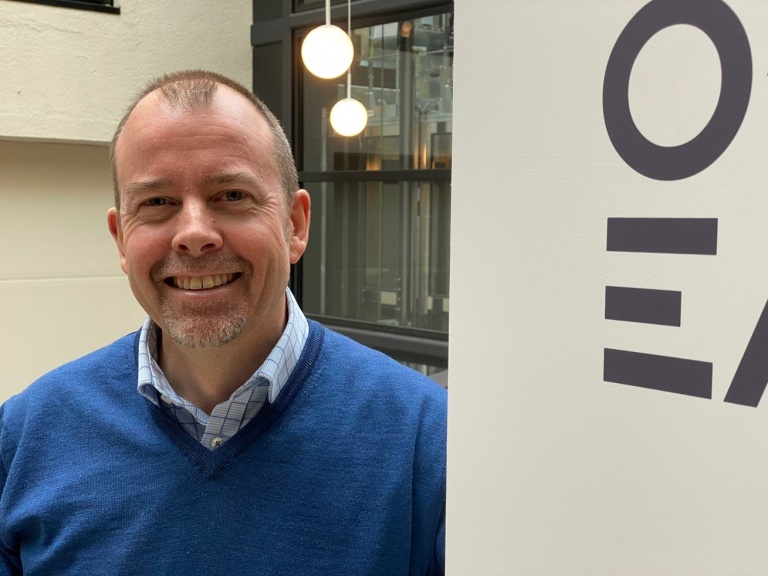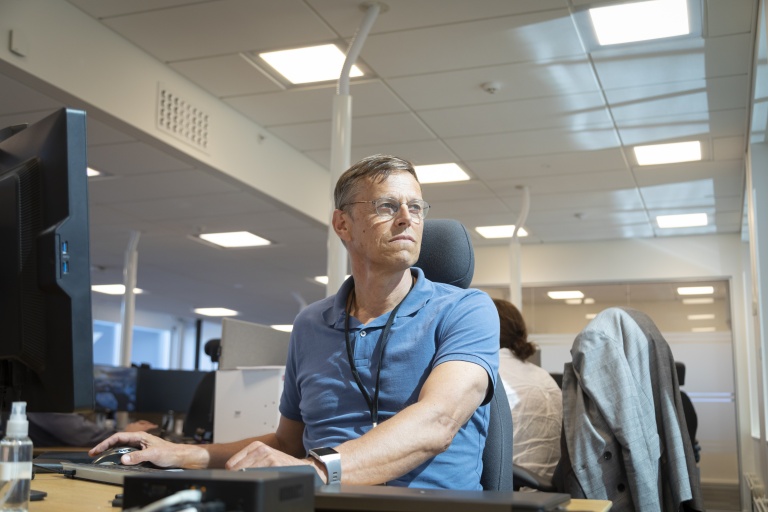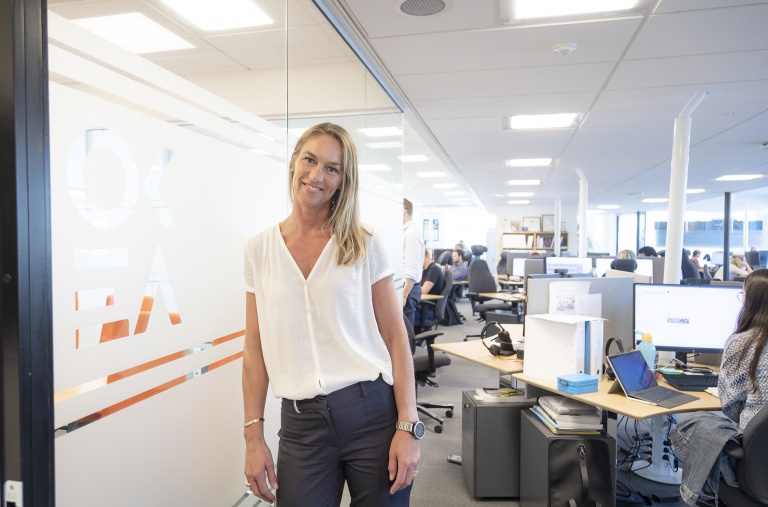The code cracked by OKEA and its partners involves the use of a chemical which removes hydrogen sulphide (H2S). At the same time, they have also found a line down to the subsea wells which ensures that the H2S scavenger reaches its target.
Success
Draugen started injecting seawater in 1994 in order to maintain the pressure in the reservoir. The reservoir contains bacteria that reduce sulphate to hydrogen sulphide. When the seawater reaches the production wells, the hydrogen sulphide will follow. It is a gas that is poisonous and causes corrosion damage. This can cause formation of iron sulphide, often wrapped in an oil film, which in turn results in more oil in the produced water. Over time, Draugen has experienced increasing amounts of oil in the produced water. To prevent the formation of iron sulphide, it has to be treated with an H2Sscavenger in order to reduce the content of sulphide in the water prior to reducing the pressure. Draugen is an older platform and has a limited number of injection lines.
Ragnhild Nautnes is a Production Chemist and the manager of the project.
“We invested a significant amount of work into identifying other injection lines, and we finally succeeded. Using a remotely operated vehicle (ROV), we opened this in March and tested whether we were able to inject the H2S scavenger into this line. Injecting chemicals from the platform to the well takes 20 hours, and then three hours for the well stream to reach the platform again. H2S was measured at the time of the expected flow back, and we saw a significant reduction in the H2S content, which was a success. It was a great relief.»
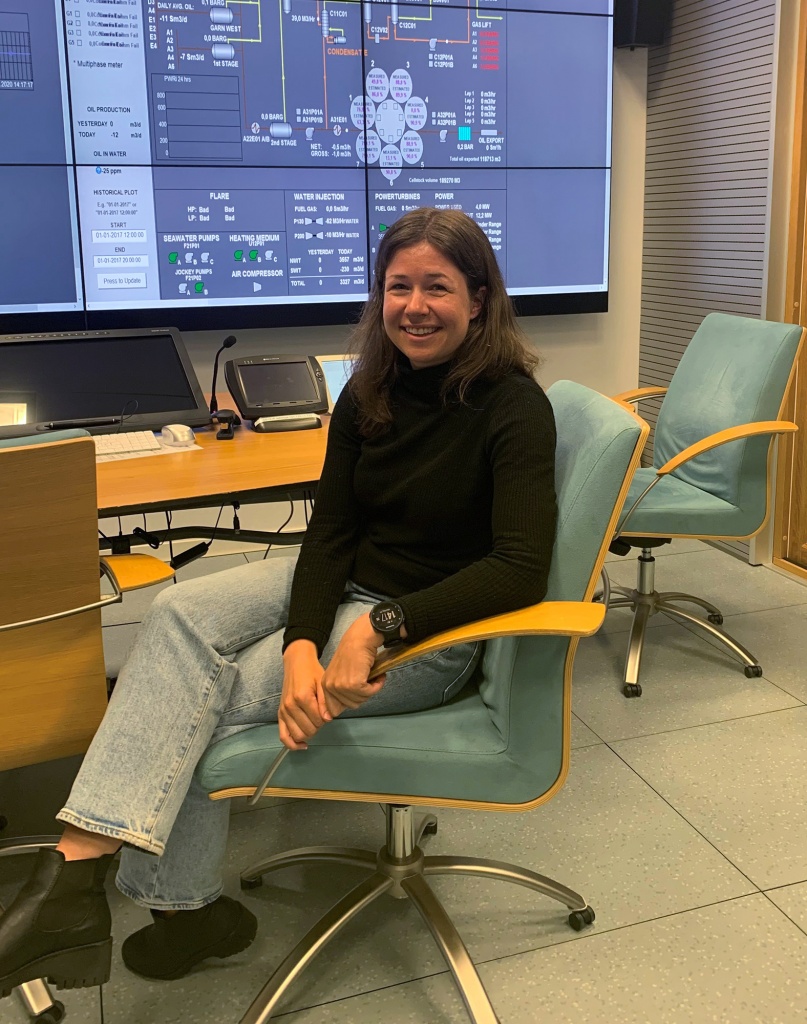
Halving
The quantity of H2S in the well stream was more than halved, down from 170 to 60 ppm, thus the use of H2S removal chemicals on the platform could be halved. The oil-in-produced water numbers improved significantly. Usually, so-called hydocyclones have to be chemically cleaned every month, a hydrocyclone is a device for separating oil droplets from the water. On Draugen, it has not been necessary to clean the hydrocyclones since March. Moreover, the use of water purification chemicals, in the industry known as flocculants, is also unnecessary. This is most probably due to iron sulphide, which will both form a film lining the hydrocyclone as well as particles in the water with an oil film, not being formed.
«Chemicals are to be used only when absolutely required. Reduced consumption of chemicals and less oil in the produced water being discharged to sea is advantageous for the environment. Financially, we can save a couple of million every year by having reduced the need for water purification chemicals. When we do not have to wash hydrocyclones that often, annual gains could amount to between NOK 4 million and 5 million. There is still much to learn, but it looks very good so far.»
Modifications
The results that have been achieved also mean that new, and often expensive, modifications on the platform are not needed. Without the measures now having been implemented, the amount of hydrogen sulphide (H2S) would only have increased on the platform. Using an H2S scavenger subsea also caused a halving of the volume of H2S scavenger on the platform, which will result in increased capacity for removing H2S on the platform.
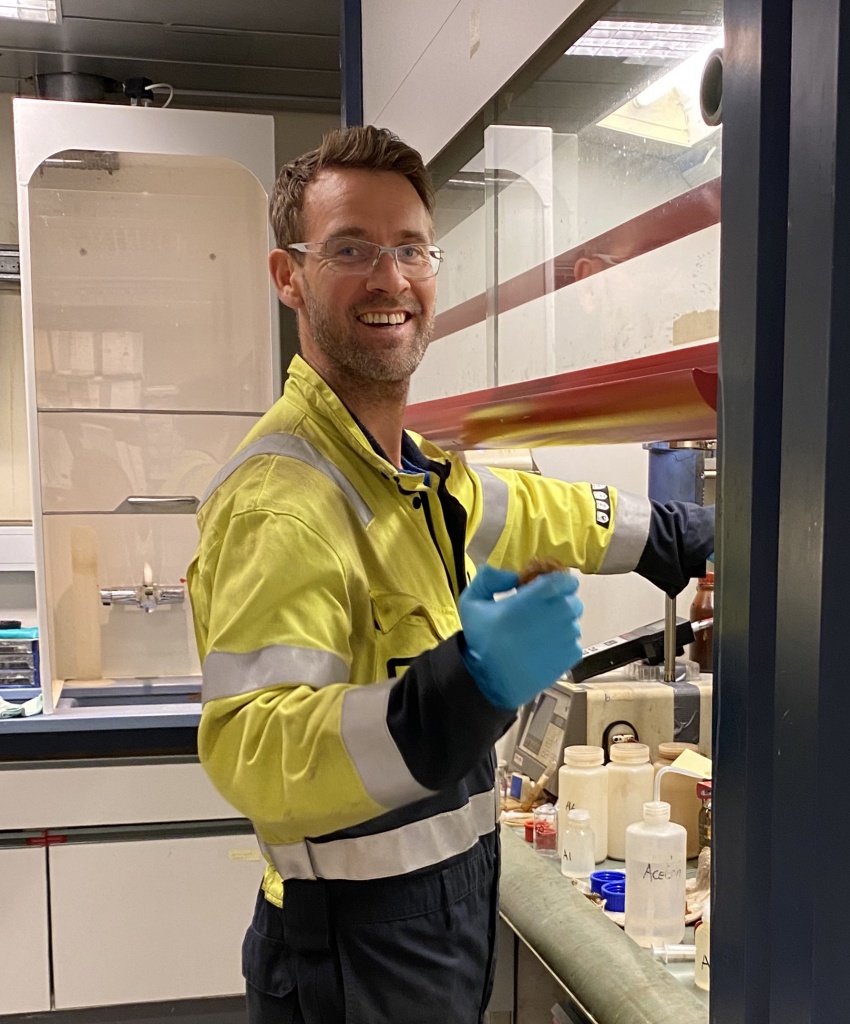
Ragnhild Nautnes emphasizes the good cooperation between those on the platform, the subsea team, production and the suppliers of chemicals. There has been a close collaboration with Schlumberger.
«There has been great involvement by all in achieving this. Everybody has been solution-oriented, which makes it particularly rewarding to jointly identify a solution resulting in environmental benefits while at the same time saving us millions. When OKEA assumed the operatorship of Draugen from Shell, a number of suppliers showed interest. Schlumberger presented several proposals and has cooperated closely with us.»
Combination
The next step for OKEA is to cooperate with Schlumberger in creating a product combining an H2S scavenger and a scale inhibitor. Laboratory tests have indicated very good results, and testing is to continue throughout the summer. The goal is for this product to be injected during the autumn. If this were to succeed, additional millions could be saved.
«It looks very promising. This is how we want to work; assessing new solutions and implementing new changes that result in both decreased discharges as well as financial gains.»
Tor Bjerkestrand is responsible for operations on Draugen. He is proud of the results achieved in this project. «This shows that OKEA benefits from a strong organization with great capacity. It also illustrates the importance of highly educated professionals with guts and drive in implementing improvements. What has been done is not straightforward – it is complicated. To achieve such results, teamwork matters as well. This is a good example of how large parts of the organization participate together with our many competent suppliers. In many ways, this has been a limitless cooperation – truly fantastic. Schlumberger has been an important partner to us in this project and has contributed with strong professional know-how and a holistic approach to problem-solving.»
Subscribe
